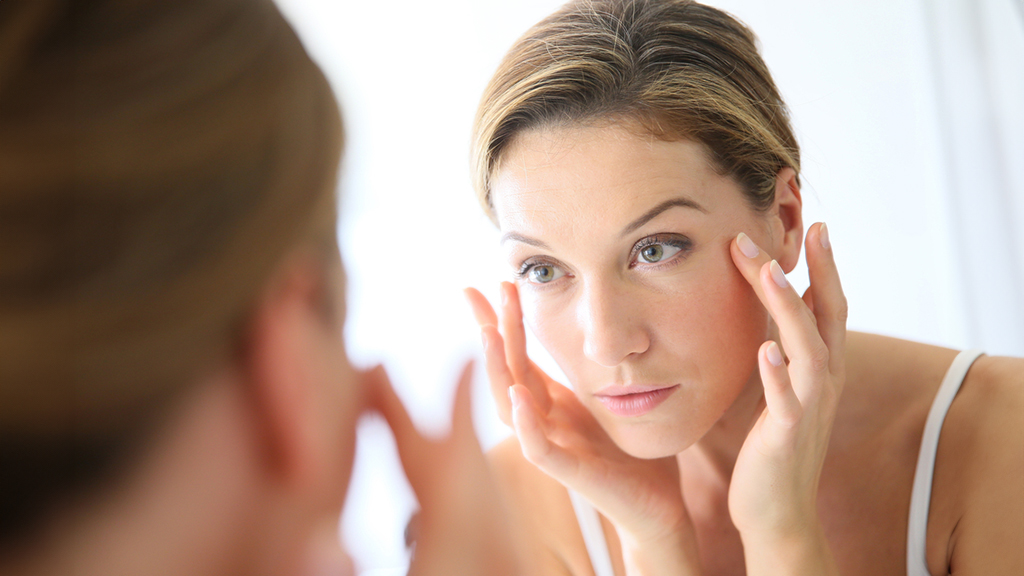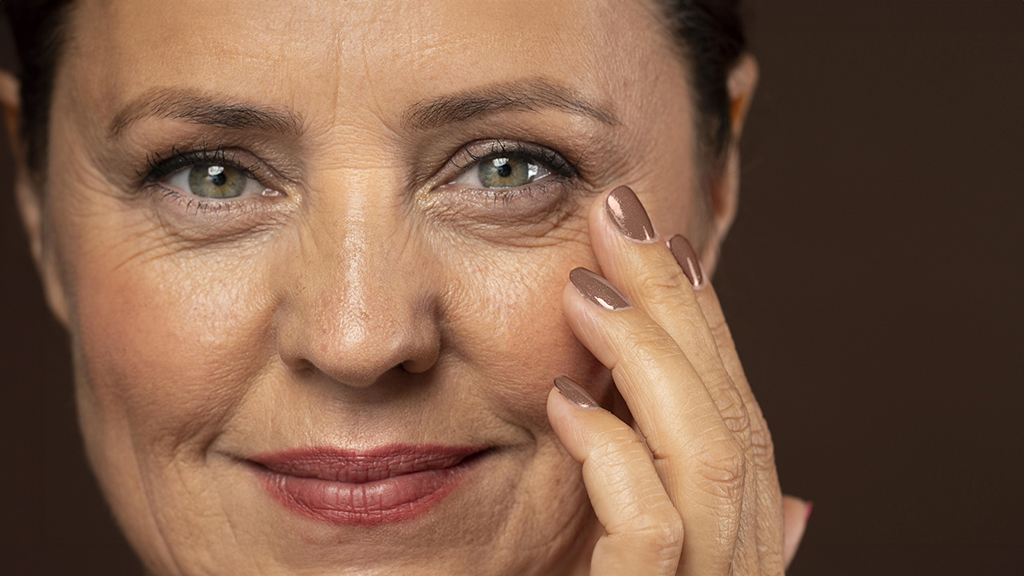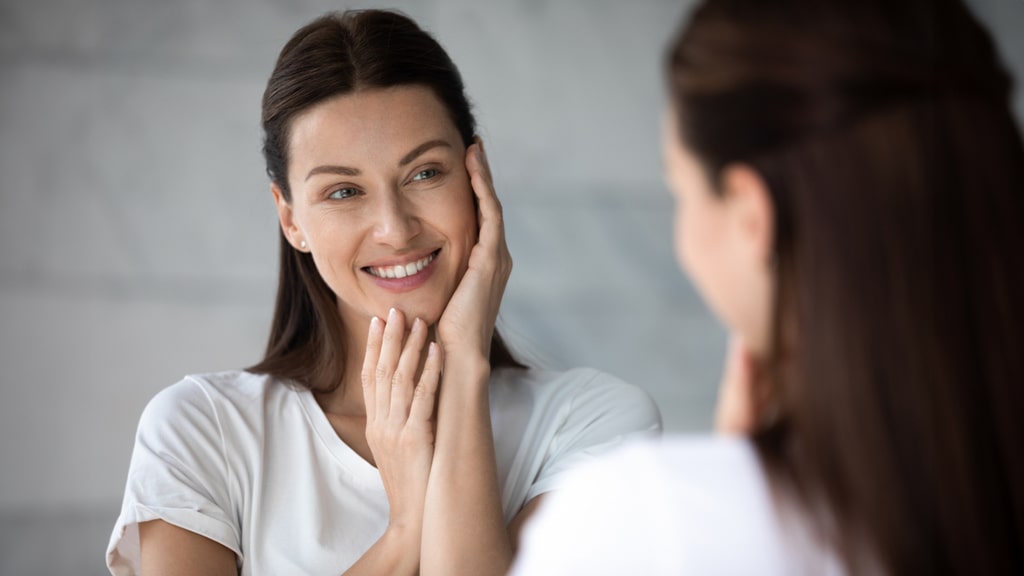Laser Hair Removal for Men
For many men, the presence of excessive hair, or hair in general, in certain regions of the body may be unacceptable. Excessive hair growth may be caused by underlying conditions which may be hereditary or a consequence of medication. Regardless of the cause, unwanted hair is a real problem for many people and can be uncomfortable to live with.
There are a number of traditional methods for removing unwanted hair – shaving, plucking, waxing, depilatory creams, electrolysis – all of which can be uncomfortable, inconvenient, expensive and time-consuming. With the exception of electrolysis, most other methods are at best temporary.
Today, through the remarkable advances in laser technology, laser hair removal has become an increasingly popular cosmetic procedure. It is a non-invasive, convenient method to reduce hair growth safely and affordably.
How Laser Hair Removal works and its benefits
At Elite Cosmetic Surgery Group we use a system that incorporates Alexandrite and Nd:Yag lasers, both separately and in combination. The Alexandrite laser is the fastest laser for hair removal, and is most effective on patients with lighter to olive-coloured skin (Fitzpatrick skin type I-III). On the other hand the Nd:Yag laser can be used for effective hair removal for all patients, including those who have tanned or dark skin (Fitzpatrick skin type IV-VI).
The laser light emitted passes through the skin and is absorbed by melanin, the pigment (colour) in the hair follicle. The light energy heats the pigment and effectively disables the hair follicle without damaging the surrounding cells. The laser tends to treat hair follicles that are in an active growth phase. Therefore more than one treatment is required to disable hair follicles that subsequently enter this growth phase. The hair follicles are damaged by heat but the hairs remain in the follicles. The dead hairs shed after 1-3 weeks as the epidermis renews. During this period the hairs will seem to ‘grow’ as they are pushed out by the new epidermis.
Regardless of what you may have heard or read, laser treatment will NOT permanently remove hair, but it will dramatically reduce growth to what often feels like a permanent state. Any hair re-growth is likely to be paler and weaker. White, grey and platinum blond hair does not respond nearly as well as dark hair.
Laser hair removal works best on hair in the active growth phase, therefore a number of treatments in the same area will be needed to ensure the hairs are captured as they begin their growth cycle.
Benefits include:
- A non-invasive, gentle technique that reduces undesirable hair from most parts of the body
- Treats larger areas effectively because it disables more than one hair at a time
- May make skin colour and complexion more uniform
- Minimal discomfort
- Replaces waxing, electrolysis, shaving and bleaching
- Provides a permanent solution to Pseudofolliculitis Barbae
- No downtime
Suitable Candidates for Laser Hair Removal
Most patients can enjoy a permanent reduction in unwanted hair after undergoing laser hair removal treatment. Candidates for laser hair removal treatment should be in good physical, mental, and emotional health and understand the benefits, the risks and the specifics of the procedure.
Patients with light skin, dark hair, and with no contraindication to the treatment will benefit the most. They are followed by those with medium coloured skin, and then by dark skinned people with dark hair.
Light skinned people with light blond or red hair will be difficult to treat as there is not enough melanin present in their hair follicle. Thus they may only achieve a reduction in hair density.
However the worst candidates for laser hair removal will be darker skinned people possessing white or grey hair. Such individuals may even be impossible to treat, leaving them no alternative other than recourse to other treatment methods in order to achieve their desired result.
The laser hair removal treatment and the result
Immediately before the treatment, the hair that will be undergoing treatment will be shaved and the laser equipment will be adjusted according to the colour, thickness, and location of the hair being treated, as well as your skin tone.
Protective eyewear is worn to guard the eyes from the laser light. During the treatment, your laser practitioner will apply very cold air to the treatment area. The Laser is placed on the skin and a short pulse of light is released, targeting many follicles simultaneously. The applicator is then moved to the neighbouring area of skin and the process is repeated until the entire area is treated. The treatment can take as little as 10 minutes to as long as an hour, depending upon the size of the treatment area.
Immediately after the treatment the skin may be red and the hair follicle may be swollen and bumpy, but this usually subsides within a few hours. You can return to normal daily life straight away. However, sunscreen is recommended for any area treated that may be exposed to the sun.
Since only hair that is actively growing is affected, multiple treatment sessions are needed. Treatment is conducted every 4-8 weeks, depending on the area treated, until a satisfactory result is seen. The required number of treatments varies but typically 6 or more treatments are needed for optimum results. After multiple laser hair removal sessions, the results of your treatment will be evident. Most patients enjoy an 80% to 90% reduction in hair growth. Although laser hair reduction results are permanent, some patients may need occasional touch-up sessions to treat individual hairs.
Risks & Complications
Although laser hair removal is very safe, there are some potential side effects and risks. Understanding the possible side effects of laser hair removal treatment can help you make an informed decision. At your consultation our laser specialist will explain to you all aspects of the procedure.
Short-term side effects of laser hair removal may include swelling and redness, which usually subside after a few hours. However, in rare circumstances, adverse reactions may occur which may include a small blister or temporary lightening or darkening of the skin.
Laser hair removal works best, and has fewest risks on pale skin and does not always work well on red hair or grey hair. This is because laser energy is absorbed by pigment and there is little or no pigment in these hair colours.
People with darker complexions run the risk of too much energy being absorbed and damaging the skin. However our Nd:Yag laser is also suitable for darker skin types, as we can control the amount of energy absorbed, thus reducing the risk of side effects.
Laser hair removal treatment should be avoided if you are particularly sensitive to light or have any infection around the area to be treated.
You should not have laser hair removal treatment if you have been treated for acne with Isotretinoin during the previous year.
For details about procedures and treatments or for a consultation, advice and prices from our Dubai clinic please call +971 4 431 2396 or use our online form.


